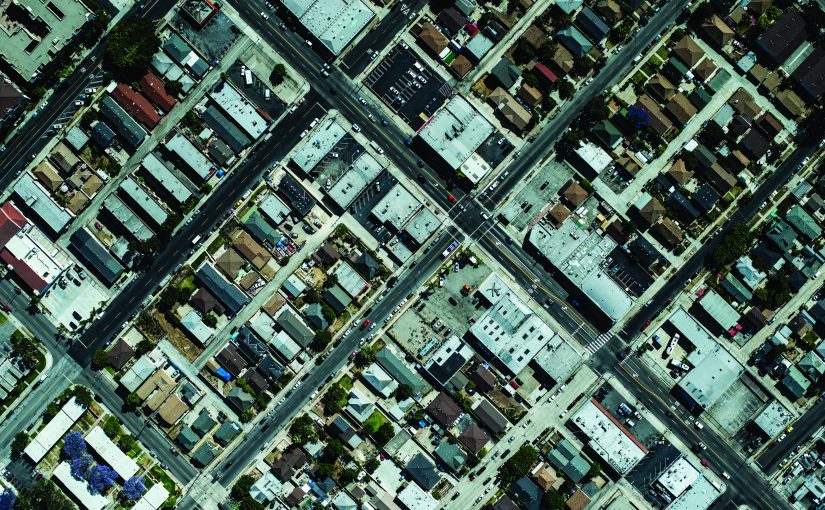Why Here and Why Now?
Risk Terrain Modeling for Place-Based Policing

Businesses sprout up daily in cities across the globe. Some new companies look to fill existing structures to cut costs while other business ventures look to begin anew in new establishments. For each of these businesses, the owner and the person putting up the capital are measuring a cost-benefit analysis to see the best location for them to thrive. There is a reason restaurants and stores are often grouped together geographically, creating cities’ food districts or shopping districts. If a tourist comes into a city, local residents could likely easily direct them to the area to eat or the area to shop—even the area to stay away from.
However, if a business owner placed a restaurant in an area where no or minimal vehicle traffic tends to travel, is it really a surprise if the business closes after a short period? According to a recent Business News Daily article, selecting a location is a key step in starting a business.
Researching the right business location means understanding local zoning laws, plotting competitors’ locations, and maintaining a keen awareness of what properties are available (or may become available soon). You should also research your target market and other benefits or restrictions from local or state entities.
The business of stores or restaurants and the business of crime are not significantly different in this regard. Both want suitable locations that will draw the right customers as efficiently as possible. Drug dealers want to be able to attract customers. Robbers look for available victims in high-yield areas. Criminals who commit motor vehicle break-ins identify target-rich environments with minimal competition or the chance of getting caught.


